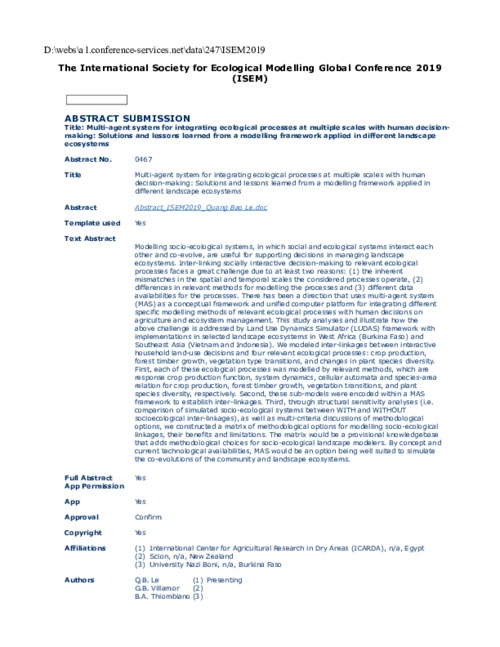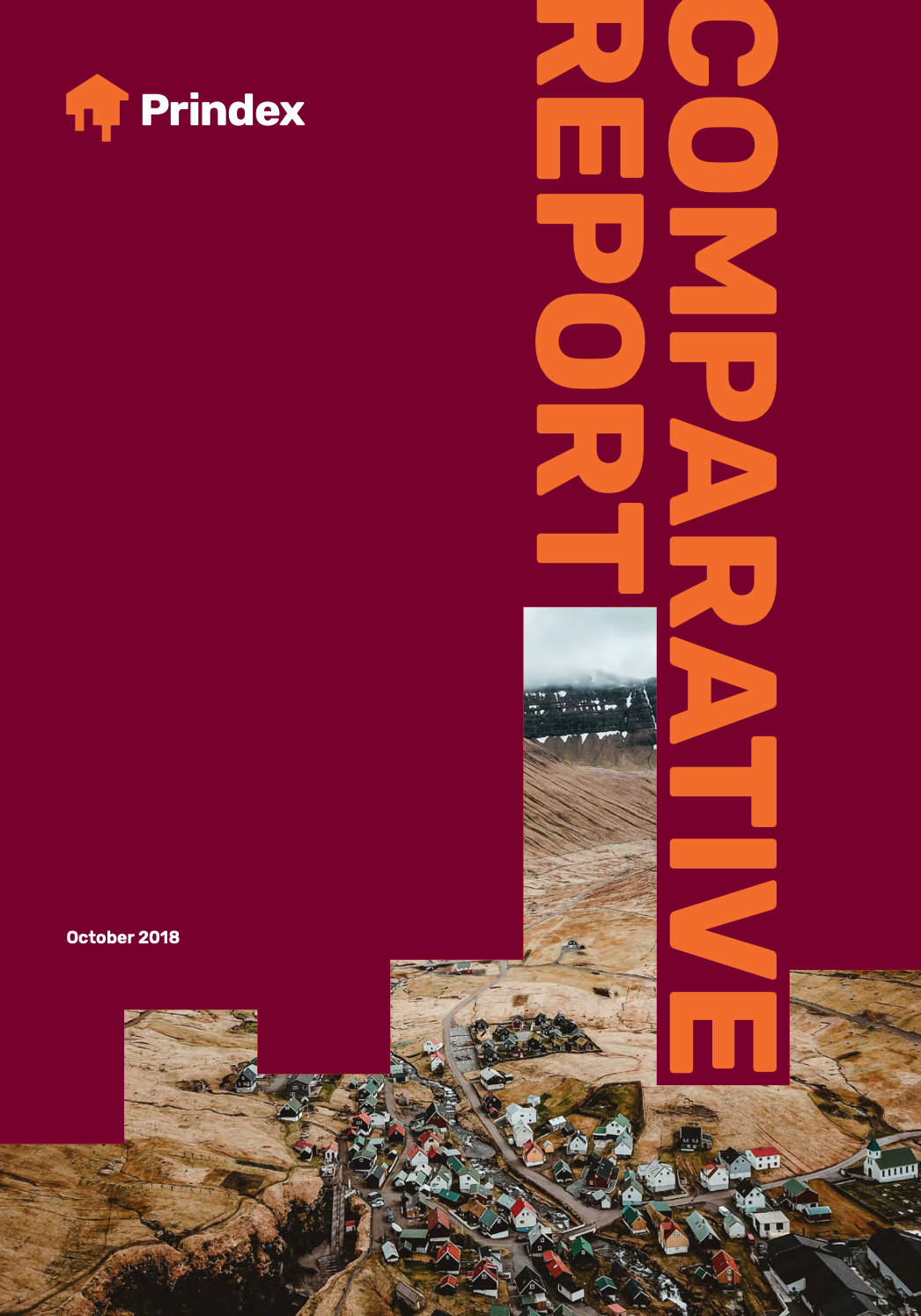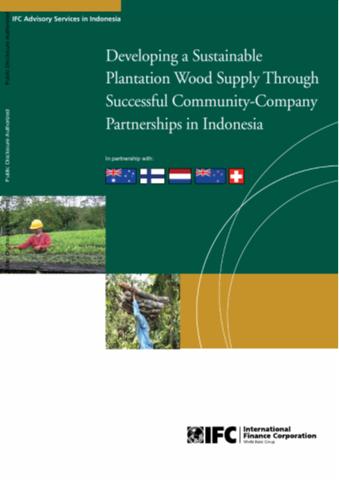Efforts to thwart the trafficking of conflict commodities to finance wars constitute an ongoing endeavour. As specific approaches become effective for certain commodities, belligerent actors pursue new forms of exploitation. The trafficking of housing, land and property (HLP) rights in war zones…
The Annual Country Reviews reflect upon current land relations in the Mekong Region, and has been
produced for researchers, practitioners and policy advocates operating in the field. Specialists have been
selected from Cambodia, Lao PDR, Myanmar, Thailand, and Vietnam to briefly…
The Mekong region is marked by particular kinds of historical and contemporary land uses, social relations around land, interactions within and across national borders, and patterns of development that shape changing uses and types of access arrangements. These uses and patterns have…
Drastic growth of urban populations has caused expansion of peri-urban areas—the transitional zone between a city and its hinterland. Although urbanisation may bring economic opportunities and improve infrastructure in an area, uncontrolled urban expansion towards peri-urban areas will…
Modelling socio-ecological systems, in which social and ecological systems interact each other and co-evolve, are useful for supporting decisions in managing landscape ecosystems. Inter-linking socially interactive decision-making to relevant ecological processes faces a great challenge due to…
Property rights are a cornerstone of economic development and social justice. A fundamental way of understanding the strength of property rights is through citizens' perceptions of them. Yet perceptions of tenure security have never been collected at a global scale.
The lack of global…
The Voluntary Guidelines on the Responsible Governance of Tenure of Land, Fisheries and Forests in the Context of National Food Security (VGGT) set out internationally-accepted principles and standards for responsible practices, providing a framework for governments, the private sector and civil…
Since the early 1990s, the industrial timber plantation (Hutan Tanaman Industri - HTI) scheme has been intended to serve as a major source of timber to meet domestic and export demand. The need to meet a large gap between legal wood supply and demand for forests products has been the recent…
Since the early 1990s, the industrial timber plantation (Hutan Tanaman Industri - HTI) scheme has been intended to serve as a major source of timber to meet domestic and export demand. The need to meet a large gap between legal wood supply and demand for forests products has been the recent…








